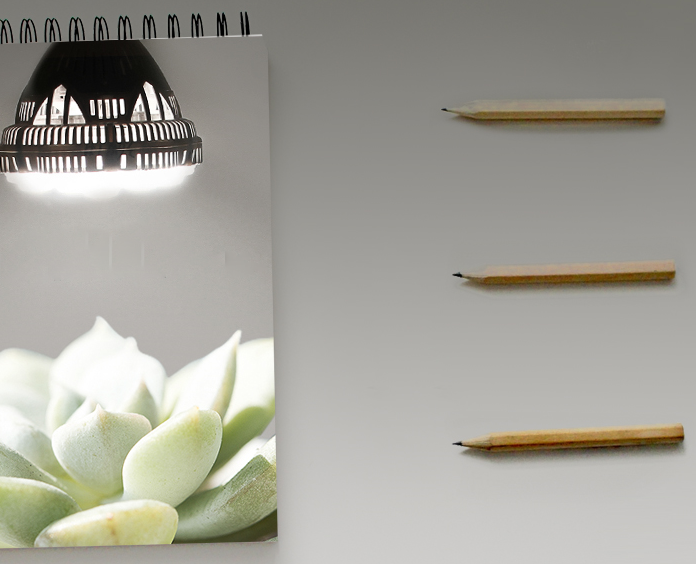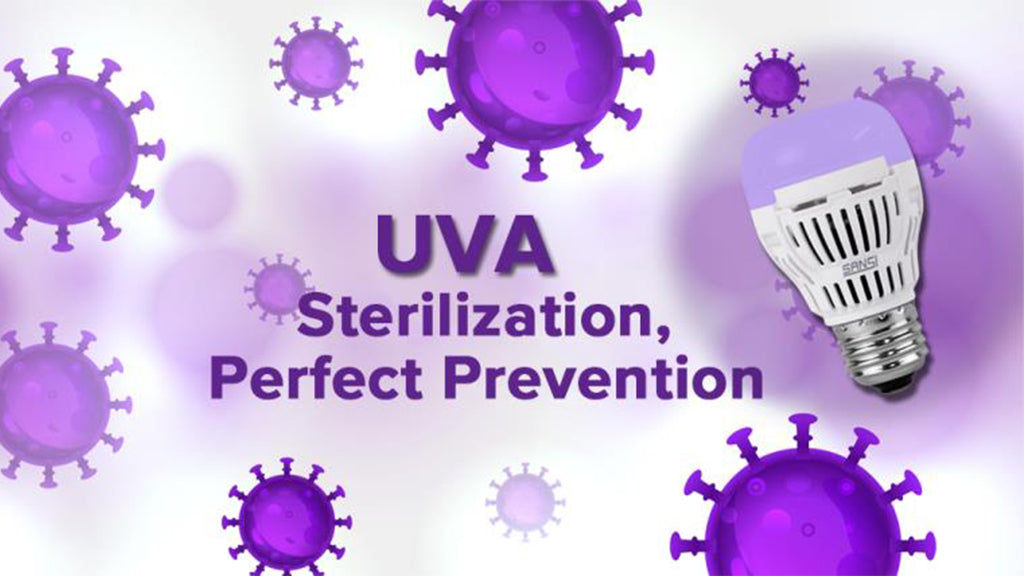
Whether it is your first time growing or you’re an experienced grower due to the vast amount of lights and information out there, it can be difficult to make the most informed purchase. So to make things easier, this blog can outline what to look for so you can buy the best LED grow light available.
1. What Type of Grower Are You?
Before even looking into specifications such as LED grow light yields and LED light spectrums, it’s important to realize what type of grower you are. This will determine the scale of your grow and allow you to pick a suitable grow light. Purchasing a 300W LED grow light panel is not going to be applicable to a small scale office orchid grow. So as a general rule to follow, this can be a basic guideline depending on your needs:
Beginners/Hobbyists: Beginners especially, will want to purchase LED bulbs rather than panels. This is because they’re designed for smaller-scale grows and are a much smaller investment. As you shift from a beginner to an avid indoor gardener, bulbs are still a great option. This is because you can simply add more bulbs to increase the scale and yield of your grow.
Commercial Grows: Commercial grows are a big step up from hobbyists. The scale and size of the LED lights needed are much larger. LED grow light panels are probably a lot more practical for indoor commercial grows as they have very high yields and very high investment. The lights you are using will also need ETL or UL certifications.
Vertical Farms: A lot of planning will go into vertical farms lighting and now CAD (computer-aided design) is used to map out the most optimal layout of the lights to increase yields. Also, the use of white surface reflectors will make use of any light that is wasted in order to promote better efficiency.
2. What is the Size of the Grow Area?
The size of your grow area will determine how many bulbs or panels you need. The easiest way to calculate this for most grow areas would be to say that on average a grow area needs 32 Watts per square foot. So with a basic formula:
If you are conducting an indoor grow within your home that is only around 8 square feet you’re going to need a 200-250 Watt LED grow light to illuminate that area. Assuming your plants need a higher intensity of light.
However, when it comes to grow lights the wattage is not all that important for the plants the PPFD is the better measurement to look at.
PPFD in Grow Lights Over Watts
PPFD, Photosynthetic Photon Flux Density is one of the main measurements for assessing the LED grow light’s effectiveness. It highlights the number of light photons actually hitting your plant or algae per second. This is why it is measured in micromoles per square meter per second, μmol/m2/s. However, PPF and DLI are also important measurements in highlighting how much light your LED grow light will be giving to your plant per second (PPF) and over a day (DLI).
The Types of LED Grow Lights Available
This one depends on the type of grow you are doing. Are you growing your plant from seedlings to flowers or are you lighting the vegetative or flowering phase? These will impact the color spectrum your light will be. If you’re going for a full cycle grow, a full-spectrum LED grow light seems like a good idea. A full cycle full-spectrum LED grow light can be the best option for seedlings, vegetation, and flowers as a lower cost easier investment.
3. Now What to Do?
Now you need to recognize the type of grow you’re conducting and the types of plants you want to grow. This will define the scale type of lights that you need. Once these basic parameters have been defined, you can begin to look into what is the best LED grow light through its PAR, PPF, PPFD, and DLI. Once you are well-read on each of these areas you can begin to make a better-informed purchase.
If you would like to make a purchase, then head over to SANSI grow lights.



